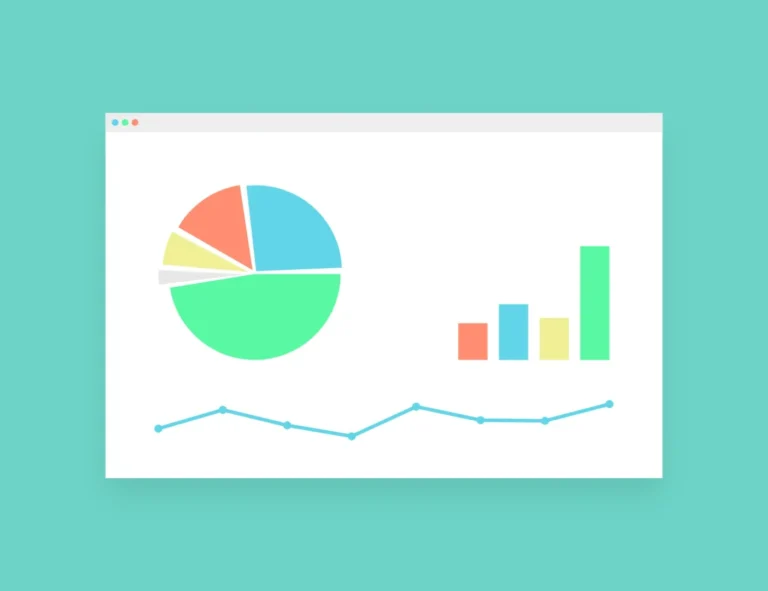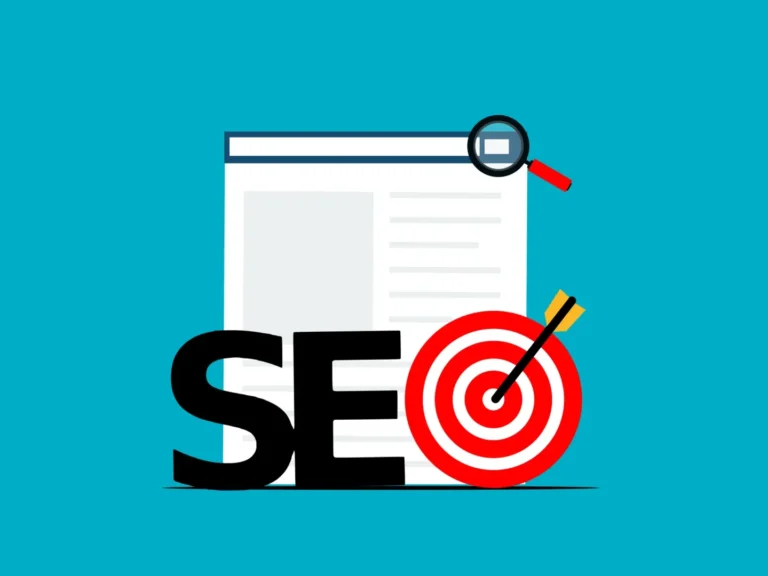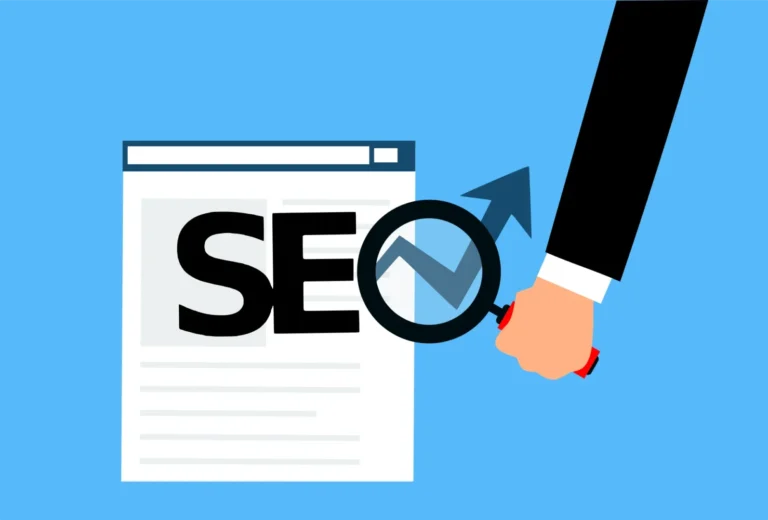What is On-page SEO?
On-page SEO
On-page SEO, also known as on-site SEO, is the practice of optimizing individual web pages to improve their search engine rankings and attract organic traffic. This process involves various elements that you can control directly on your website. Here are some key aspects of on-page SEO:
Keyword Research:
Keyword research is a foundational step in on-page SEO, and it involves identifying the specific words and phrases that users enter into search engines when looking for information, products, or services related to your website’s content. This process helps you understand what your target audience is searching for and allows you to optimize your web pages accordingly.
Effective keyword research involves finding a balance between search volume (how often a keyword is searched) and competition (how many other websites are targeting the same keyword). You can use various keyword research tools to discover relevant keywords and assess their competitiveness. Once you’ve identified the right keywords, you can strategically incorporate them into your website’s content, titles, headings, and meta tags, making your pages more visible to search engine users. Keyword research is an ongoing process, as user search trends and interests can change over time, and it’s crucial for maintaining and improving your website’s search engine rankings and organic traffic.
Quality Content:
Quality content is at the heart of effective on-page SEO. It refers to creating web content that is not only relevant and valuable to your target audience but also well-structured, engaging, and informative. Search engines like Google prioritize content that satisfies user intent and provides the best possible answer to a user’s query. High-quality content often goes beyond just text; it can include images, videos, infographics, and other multimedia elements that enhance user experience.

In the context of on-page SEO, quality content serves several purposes. It allows you to incorporate relevant keywords naturally, making your pages more discoverable by search engines. It encourages users to spend more time on your website, reducing bounce rates and increasing engagement metrics. Furthermore, high-quality content is more likely to earn backlinks from other websites, which can improve your site’s authority and search engine rankings.
Creating quality content involves understanding your audience’s needs, addressing their questions and concerns, and presenting information in a clear and organized manner. Regularly updating and refreshing your content to keep it current and accurate is also crucial for maintaining SEO performance. In summary, quality content is not just a component of on-page SEO but a cornerstone of a successful online presence, helping you attract and retain both users and search engine rankings
Keyword Optimization:
Keyword optimization in on-page SEO is the strategic use of specific keywords and phrases within your website’s content to enhance its visibility in search engine results. This process involves incorporating relevant keywords naturally into your page’s title, headings, subheadings, body text, and meta tags.
The goal is to make it easier for search engines to understand the content and context of your page, which, in turn, improves its chances of ranking higher for those targeted keywords.
However, it’s essential to strike a balance; overusing keywords, a practice known as keyword stuffing, can lead to a poor user experience and potential ranking penalties. Effective keyword optimization not only helps search engines match your content with user queries but also guides your content creation process, ensuring that your pages are highly relevant to your target audience’s needs and interests.
Meta Tags:
Meta tags are an integral part of on-page SEO, as they provide essential information to search engines and users about a web page’s content. Two crucial meta tags are the meta title and meta description. The meta title, also known as the title tag, appears as the clickable link in search engine results and in the browser’s tab. It should contain relevant keywords and provide a concise and compelling description of the page’s content.
The meta description appears below the meta title in search results and provides a brief summary of what the page is about. It should also include targeted keywords and entice users to click on the link. Properly optimized meta tags not only improve click-through rates from search results but also provide valuable signals to search engines, helping them understand and rank your page appropriately. As search engines continually evolve, meta tags remain a fundamental on-page SEO element for enhancing your website’s visibility and attracting organic traffic.
URL Structure:
URL structure plays a pivotal role in on-page SEO by providing both search engines and users with vital information about the content and organization of a web page. A well-structured URL is concise, descriptive, and easy to understand. It typically includes relevant keywords related to the page’s topic and content, making it more SEO-friendly. Clean and logical URL structures contribute to a better user experience, as users can quickly grasp what a page is about by looking at the URL.
In contrast, messy or long URLs with arbitrary strings of numbers and characters can confuse users and make it harder for search engines to interpret the content. Therefore, optimizing your URL structure involves creating URLs that are not only keyword-rich but also reflect the hierarchy of your website’s content. By paying attention to URL structure, you enhance both the SEO and user-friendliness of your website, ultimately improving its search engine rankings and click-through rates.
Header Tags:
Header tags, also known as heading tags (H1, H2, H3, etc.), are crucial elements in on-page SEO. They are used to structure and organize content on a webpage. The H1 tag represents the main heading of a page and should contain the primary keyword related to the content. Subsequent header tags (H2, H3, etc.) are used to create a hierarchy of subheadings that further divide and categorize the content.
Properly structured header tags not only make your content more scannable and readable for users but also provide valuable signals to search engines about the page’s content hierarchy and topic relevance. Search engines use header tags to understand the context and importance of different sections within a page. Including keywords in header tags can help improve a page’s SEO, as long as the use of headers aligns with the natural flow and organization of the content. Overall, header tags are a fundamental on-page SEO element that contributes to both user experience and search engine visibility.
Internal Linking:
Internal linking is a critical on-page SEO strategy that involves connecting different pages within your website through hyperlinks. These links help users navigate your site, discover related content, and establish content hierarchy. From an SEO perspective, internal linking serves several purposes. It helps search engines understand the structure and relationships between various pages on your website.
By strategically using anchor text that includes relevant keywords, you can signal to search engines which pages are most important and reinforce the topical relevance of your content. Furthermore, internal linking distributes link equity (or “link juice”) throughout your site, improving the visibility and ranking potential of all your pages. Effective internal linking can keep users engaged longer, reduce bounce rates, and ultimately contribute to a better user experience, while also enhancing your site’s search engine performance. It’s a fundamental practice for improving both usability and SEO on your website.
Image Optimization:
Image optimization is a crucial aspect of on-page SEO that often goes overlooked. It involves optimizing images on your web pages to enhance user experience and search engine visibility. Proper image optimization includes several key steps: compressing images to reduce file sizes without compromising quality, using descriptive file names that include relevant keywords, and adding informative alt text to describe the image’s content for accessibility and search engines.
Optimized images not only load faster, which is vital for mobile and desktop users alike, but they also contribute to better rankings in image search results. Search engines use alt text to understand the context of images, so including relevant keywords can improve your page’s overall SEO. Moreover, faster-loading pages and an improved user experience can lead to lower bounce rates and higher engagement, all of which are positive signals for search engine rankings. In today’s visual web, image optimization is a critical on-page SEO practice that should not be underestimated.
Mobile Optimization:
Mobile optimization is a fundamental aspect of on-page SEO, especially in an era where mobile devices are ubiquitous. It involves designing and structuring your website and its content to ensure a seamless and user-friendly experience for visitors on smartphones and tablets. Key mobile optimization practices include responsive web design, which adapts your site’s layout and content to different screen sizes, ensuring readability and usability on small screens. Additionally, optimizing page load times for mobile devices is essential, as mobile users often have slower internet connections.
Ensuring that all buttons and interactive elements are touch-friendly and easy to navigate on mobile is also critical. Google and other search engines prioritize mobile-friendly websites in their rankings, so mobile optimization isn’t just about user experience—it directly impacts your site’s search engine visibility and ranking positions. With the increasing use of mobile devices for internet browsing, mobile optimization is not merely an option but a necessity for effective on-page SEO.
Page Speed:
Page speed is a fundamental component of on-page SEO, influencing both user experience and search engine rankings. It refers to the time it takes for a web page to fully load and become interactive. A fast-loading page is essential in today’s digital landscape, as users expect quick access to information, and search engines prioritize websites that offer a superior user experience.
Slow-loading pages can lead to higher bounce rates, lower user engagement, and decreased conversion rates. From an SEO perspective, Google considers page speed as a ranking factor, meaning that faster-loading pages often enjoy higher positions in search engine results. Optimizing page speed involves various techniques, such as reducing image sizes, minimizing code and scripts, enabling browser caching, and utilizing content delivery networks (CDNs). By prioritizing page speed, website owners not only enhance the user experience but also improve their site’s search engine visibility and overall performance. It’s a critical element of on-page SEO that should not be overlooked.
User Experience:
User experience (UX) is a fundamental aspect of on-page SEO, as it directly impacts how visitors interact with your website and influences search engine rankings. A positive user experience ensures that visitors can easily find what they’re looking for, navigate your site intuitively, and engage with your content seamlessly.
Search engines like Google pay close attention to user signals such as bounce rates, time spent on page, and click-through rates, using them as indicators of your site’s quality and relevance. A well-structured, responsive design, clear and concise content, intuitive navigation, fast page load times, and mobile-friendliness are all critical components of a positive user experience. By focusing on enhancing UX, you not only satisfy your audience but also improve your website’s search engine rankings. A user-friendly website tends to have lower bounce rates and higher engagement metrics, sending positive signals to search engines and ultimately contributing to the success of your SEO efforts.
SSL Certificate:
An SSL certificate, which stands for Secure Sockets Layer, is not only essential for website security but also plays a significant role in on-page SEO. It encrypts data transmitted between a user’s browser and a website’s server, ensuring the privacy and security of sensitive information such as login credentials and personal data. In recent years, search engines like Google have prioritized secure websites in their rankings.

Websites with SSL certificates are rewarded with a slight SEO boost, making them more likely to appear higher in search results. Additionally, modern browsers often label websites without SSL as “not secure,” which can deter users from interacting with the site. Therefore, implementing an SSL certificate is not only a security measure but also a strategic SEO practice that helps improve your website’s search engine rankings, user trust, and overall online presence.
Schema Markup:
Schema markup, also known as structured data markup, is a powerful tool for on-page SEO that helps search engines understand the context and content of web pages more effectively. It involves adding specific code (using schema.org vocabulary) to your web pages, providing structured information about elements like products, events, reviews, and more.
This structured data can enhance search engine listings by enabling rich snippets, knowledge panels, and other visually appealing and informative search results. By using schema markup, you can provide additional context to search engines, leading to better rankings, increased click-through rates, and improved user experience. Schema markup is especially valuable for businesses, as it can make their listings stand out and provide users with more detailed and relevant information right in the search results. Overall, implementing schema markup is a valuable on-page SEO strategy that can give your website a competitive edge in search engine rankings and user engagement.
Conclusion:
On-page SEO is an ongoing process that requires continuous optimization and monitoring. It plays a crucial role in improving your website’s search engine rankings, attracting organic traffic, and ultimately achieving your online goals.







